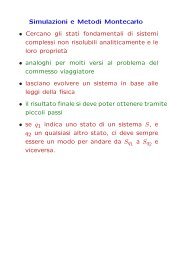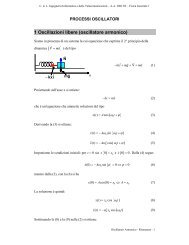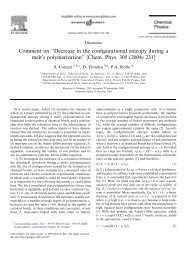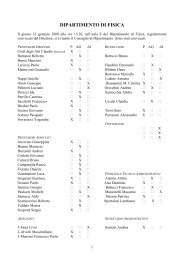Communication Theory of Secrecy Systems - Network Research Lab
Communication Theory of Secrecy Systems - Network Research Lab
Communication Theory of Secrecy Systems - Network Research Lab
You also want an ePaper? Increase the reach of your titles
YUMPU automatically turns print PDFs into web optimized ePapers that Google loves.
These limits are the best possible and the equivocations in question can be<br />
either for key or message.<br />
The total redundancy DN for N letters <strong>of</strong> message is defined by<br />
DN = log G − H(M)<br />
where G is the total number <strong>of</strong> messages <strong>of</strong> length N and H(M) is the uncertainty<br />
in choosing one <strong>of</strong> these. In a secrecy system where the total number <strong>of</strong><br />
possible cryptograms is equal to the number <strong>of</strong> possible messages <strong>of</strong> length<br />
N, H(E)≤ log G. Consequently,<br />
Hence<br />
HE(K) = H(K) + H(M) − H(E)<br />
≥ H(K) − [ log G − H(M)].<br />
H(K) − HE(K) ≤ DN.<br />
This shows that, in a closed system, for example, the decrease in equivocation<br />
<strong>of</strong> key after N letters have been intercepted is not greater than the redundancy<br />
<strong>of</strong> N letters <strong>of</strong> the language. In such systems, which comprise the majority <strong>of</strong><br />
ciphers, it is only the existence <strong>of</strong> redundancy in the original messages that<br />
makes a solution possible.<br />
Now suppose we have a pure system. Let the different residue classes <strong>of</strong><br />
messages be C1, C2, C3, · · · , Cr, and the corresponding set <strong>of</strong> residue classes<br />
<strong>of</strong> cryptograms be C ′ 1, C ′ 2, C ′ 3, · · · , C ′ r. The probability <strong>of</strong> each E in C ′ 1 is the<br />
same:<br />
P (E) =<br />
P (Ci)<br />
ϕi<br />
E a member <strong>of</strong> Ci<br />
where ϕi is the number <strong>of</strong> different messages in Ci. Thus we have<br />
H(E) = − P (Ci) P (Ci)<br />
ϕi log<br />
i<br />
ϕi ϕi<br />
= − P (Ci)<br />
P (Ci) log<br />
Substituting in our equation for HE(K) we obtain:<br />
Theorem 11. For a pure cipher<br />
i<br />
HE(K) = H(K) + H(M) + P (Ci)<br />
P (Ci) log .<br />
This result can be used to compute HE(K) in certain cases <strong>of</strong> interest.<br />
689<br />
i<br />
ϕi<br />
ϕi
















